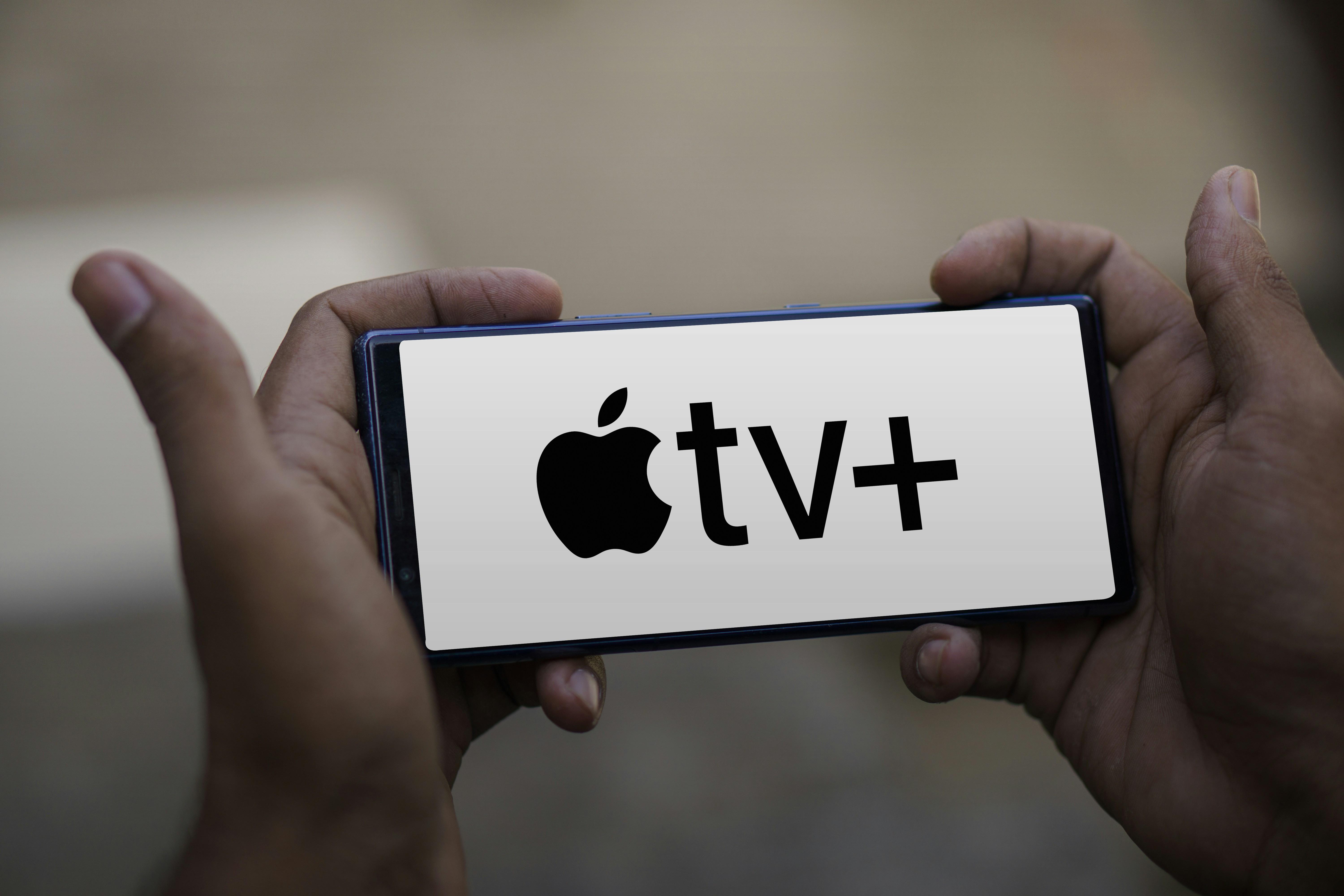In an era where streaming has become the cornerstone of home entertainment, selecting the right streaming device is more crucial than ever. With a myriad of options available, each boasting unique features and capabilities, the decision can seem daunting. This article aims to demystify the process by providing a comprehensive analysis of the key factors to consider when choosing a streaming device. From compatibility and performance to cost and user interface, we will explore how to align these elements with your specific needs, ensuring an optimal viewing experience tailored to your preferences.
Compatibility and Ecosystem Integration
When selecting a streaming device, it’s crucial to consider how well it integrates with your existing ecosystem. A seamless experience often hinges on compatibility with other devices and services you regularly use. Apple enthusiasts may gravitate towards Apple TV, which offers tight integration with the Apple ecosystem, supporting AirPlay, iCloud, and HomeKit. For those invested in Amazon’s ecosystem, Fire TV provides easy access to Alexa and syncs effortlessly with other Amazon services and devices.
Cross-platform compatibility is another factor to weigh. Devices like Roku and Google Chromecast tend to support a broader range of apps and services, making them versatile choices for households with varied preferences. Consider the following features when evaluating compatibility:
- Voice Assistant Integration: Does it support Alexa, Google Assistant, or Siri?
- Smart Home Connectivity: Can it link with your smart home devices?
- App Availability: Are your preferred streaming services and apps available?
Ensuring your streaming device aligns with your tech ecosystem can enhance your entertainment experience and simplify your digital life.

Performance and Technical Specifications
When evaluating streaming devices, a keen focus on can significantly enhance your viewing experience. The processing power is a critical factor; look for devices with quad-core processors to ensure smooth playback, especially for high-resolution content. Memory and storage are equally important. Devices with at least 2GB of RAM and 8GB of internal storage are ideal for handling multiple apps and downloads without lag.
Consider the supported video and audio formats. Opt for devices that offer 4K and HDR support for the best picture quality. Audio-wise, Dolby Atmos and DTS:X compatibility can provide immersive sound experiences. Additionally, connectivity options like dual-band Wi-Fi and Bluetooth 5.0 are crucial for seamless streaming and peripheral connections. Pay attention to the available ports, ensuring there are enough HDMI, USB, and Ethernet connections to suit your setup.
User Interface and Ease of Use
When selecting a streaming device, the user interface and overall ease of use are critical factors to consider. A well-designed interface should be intuitive, allowing users to navigate through content effortlessly. Look for devices that offer:
- Simple Navigation: Menus should be straightforward, with clear categories and minimal clutter.
- Responsive Controls: Ensure that the remote control or app is responsive, with minimal lag.
- Customizable Settings: Options to personalize the home screen or organize apps can enhance user experience.
Consider the learning curve associated with each device. Voice control features can also be a significant advantage, providing hands-free operation and quick access to content. Compatibility with other devices, such as smartphones or smart home systems, can further simplify use. Remember, the goal is to find a device that complements your viewing habits with minimal hassle.

Content Availability and Exclusive Features
When selecting a streaming device, understanding the scope of content availability and the range of exclusive features is crucial. Different devices offer access to various streaming platforms, so it’s important to verify whether your preferred services are supported. For instance, while most devices support popular platforms like Netflix and Hulu, some may not offer niche services or regional content libraries. Conducting a thorough comparison of each device’s app ecosystem can prevent potential disappointments.
Beyond content access, exclusive features can significantly enhance your viewing experience. Consider whether you need capabilities such as voice control, 4K resolution, or gaming support. Here are some features to evaluate:
- Voice Assistants: Integration with Alexa, Google Assistant, or Siri.
- Resolution: Options for 4K, HDR, or Dolby Vision.
- Customization: User interface personalization and parental controls.
- Compatibility: Seamless connection with smart home devices.
By weighing these aspects, you can identify a streaming device that not only delivers your desired content but also aligns with your lifestyle and technological preferences.



